A good laptop doesn’t have to break the bank. That said, if you’re not careful, you might end up purchasing something flimsy and slow, all to save a couple of hundred dollars. These simple checks can help you avoid making that mistake.
6
Pick a Quad-Core Processor (at Least)
When shopping for a budget laptop, knowing how to compare CPUs is important, because the processor is one area where you don’t want to cut corners. It’s the core component that determines how smoothly your device can handle everyday tasks, from browsing to gaming and even multitasking. While dual-core processors have been the standard in affordable laptops for several years, they’re incapable of anything more than simple browsing.
If you plan to regularly stream videos, have many browser tabs open, run many productivity apps, or even game, a dual-core processor might lag to the point of being unusable. Given this, getting a laptop with a powerful processor is important.
However, 8-core and 16-core CPUs can be quite expensive. If you’re looking to strike a good balance between cost and performance, aim for at least a quad-core processor over a dual-core. This essentially means looking for an Intel Core i3 or i5 (or the newer Core 3/Core 5 branding) or an AMD Ryzen 3 or 5 processor (which might save you more money than the Intel options).
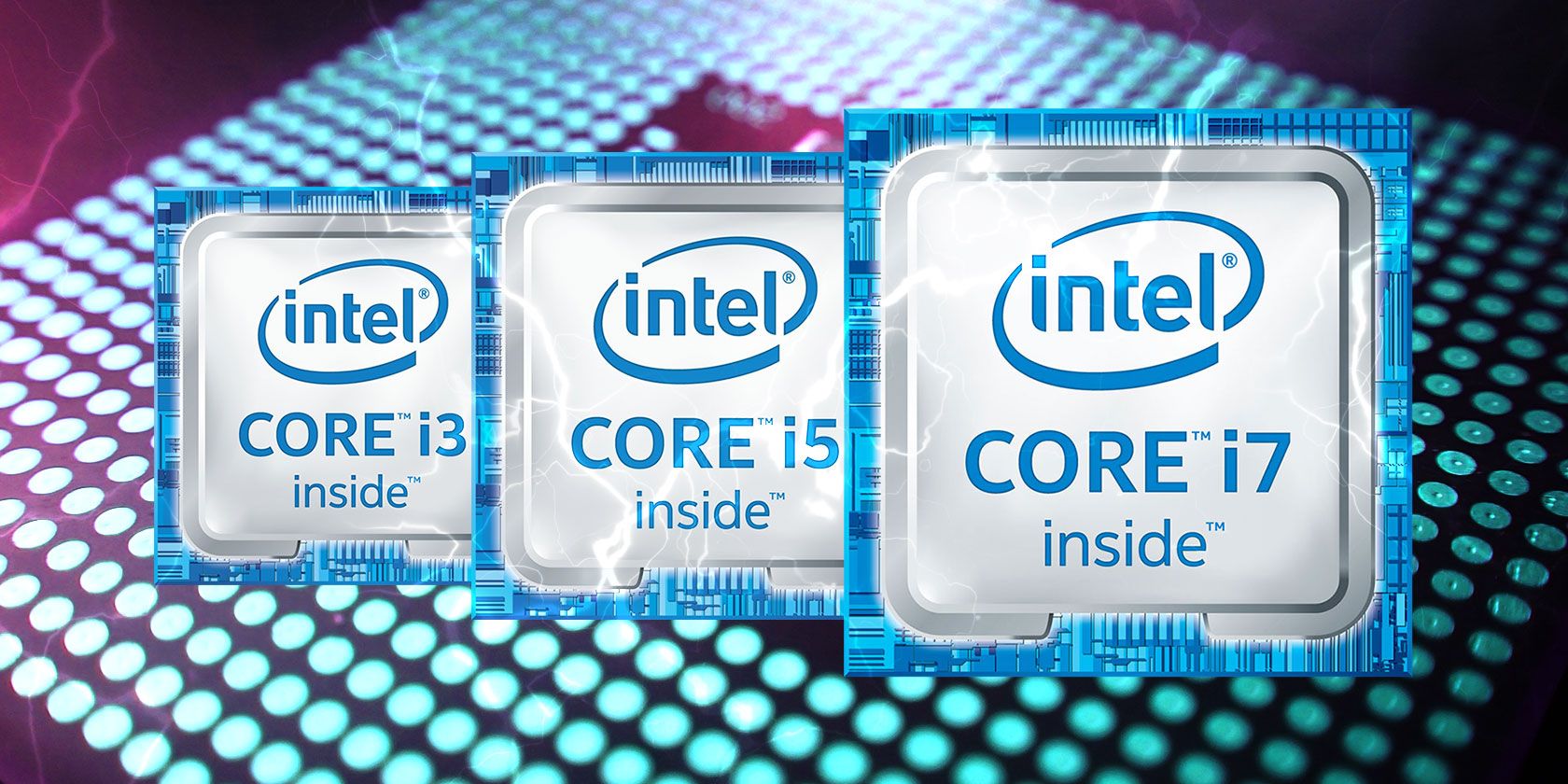
Related
Intel Core i3 vs. i5 vs. i7: Which CPU Should You Buy?
Confused by the differences between Intel Core i3, i5, and i7 processors? Here’s what you need to know in layman’s terms and which CPU to buy.
5
8GB RAM Is the Bare Minimum
While there are a lot of myths and misconceptions about RAM, in general, more memory will certainly allow you to run many apps at the same time. Given how important this is to your laptop’s performance, make sure to get a model with at least 8GB of RAM. You can bump it up to 16GB if you’re able to spend a little more.
No matter what, don’t make the mistake of settling for a laptop with only 4GB of RAM. It might seem like an easy way to save money, but you’ll more than likely end up frustrated with the constant slowdowns and freezing. It’s not difficult to find a budget laptop with 8GB of RAM. Even if you don’t think you need it right away, more RAM will help keep your device running smoothly through the years.
4
Make Sure It Includes Enough Storage Space
Many budget laptops offer limited storage space. While going for such a model might help you save a little, it can cause you trouble in the long run.
Technically, a laptop can run Windows 11 with just a 64GB storage drive. But installing even a few essential apps will fill that up, and you’ll find yourself constantly having to rely on external storage. 64GB of space isn’t realistic for most people. I would say 128GB is the bare minimum, but even that isn’t a lot.
If you can, try to get a laptop with at least 256GB of space. This will let you install updates and large applications, and store enough data, with room to spare. If you’re a gamer or have a lot of photos/videos, you might want to budget for a laptop with at least 512GB of space.
Also, make sure you get a laptop with SSD storage, not an old HDD. SSDs are much faster; using an HDD is miserable.
3
Don’t Settle for a Low-Resolution Display
It’s easy to miss specs like the screen resolution when you’re focused on getting the balance right between price and performance. But a low-resolution display can really affect your overall experience. I recommend going with at least a Full HD (1920×1080) resolution—especially if you’re picking a larger 15-inch screen model.
Anything under this will make text harder to read and leave images and graphics looking pixelated. If you’re opting for a larger laptop, you’ll want to consider an even higher resolution to keep everything looking sharp and comfortable to view. Many cheap laptops have a 1366×768 display, which is labeled “HD” but doesn’t provide an enjoyable experience.
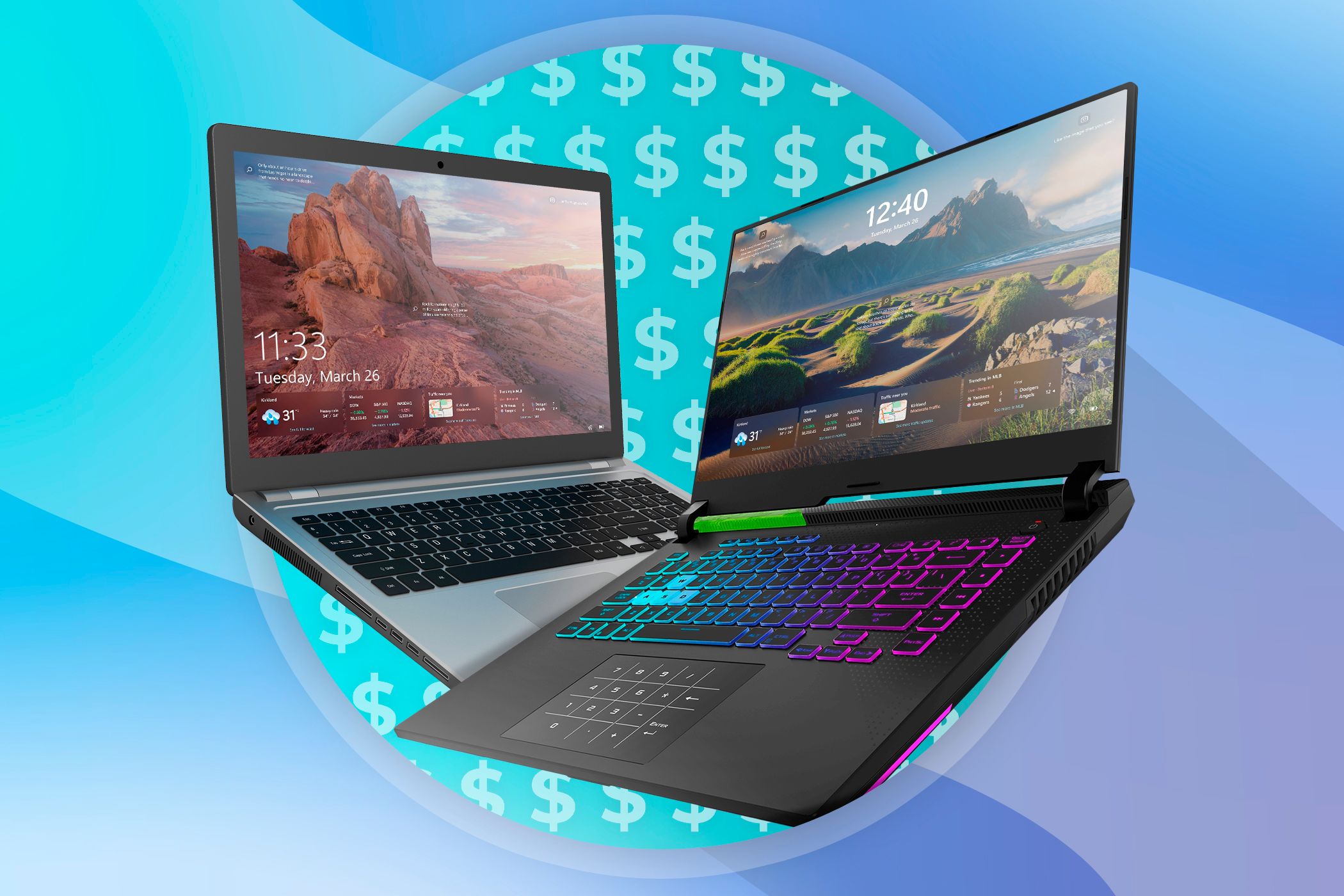
Related
I Love My Expensive Laptop, But You Don’t Really Need to Spend Much
Buying a laptop is confusing, so don’t spend more than you need to!
2
Inspect the Build Quality
Another area where budget laptops often cut corners is build quality. Flimsy hinges and lightweight plastic shells mean the device isn’t as durable; it feels cheap and can wear out prematurely.
So before you make a purchase, try to visit a physical store to get a feel for the laptop in person. If that’s not an option, watch a few video reviews of the product and check out what people who purchased the model are saying about it.
1
Don’t Forget About Battery Life
Thankfully, battery life is usually not terrible in budget laptops. After all, less powerful processors use less energy, which helps these machines last a while on a full charge. However, if you want to be sure that your laptop will get through a full day without having to plug it in all the time, check a few real-world battery performance results. This will give you a good idea of what to expect beyond just the manufacturer’s claims.
Buying an expensive laptop usually gives you much better performance and build quality. But that doesn’t mean you need to spend a fortune to buy something capable. If you take the time to check these aspects before buying, you’ll be able to score a good deal and get the performance you want.


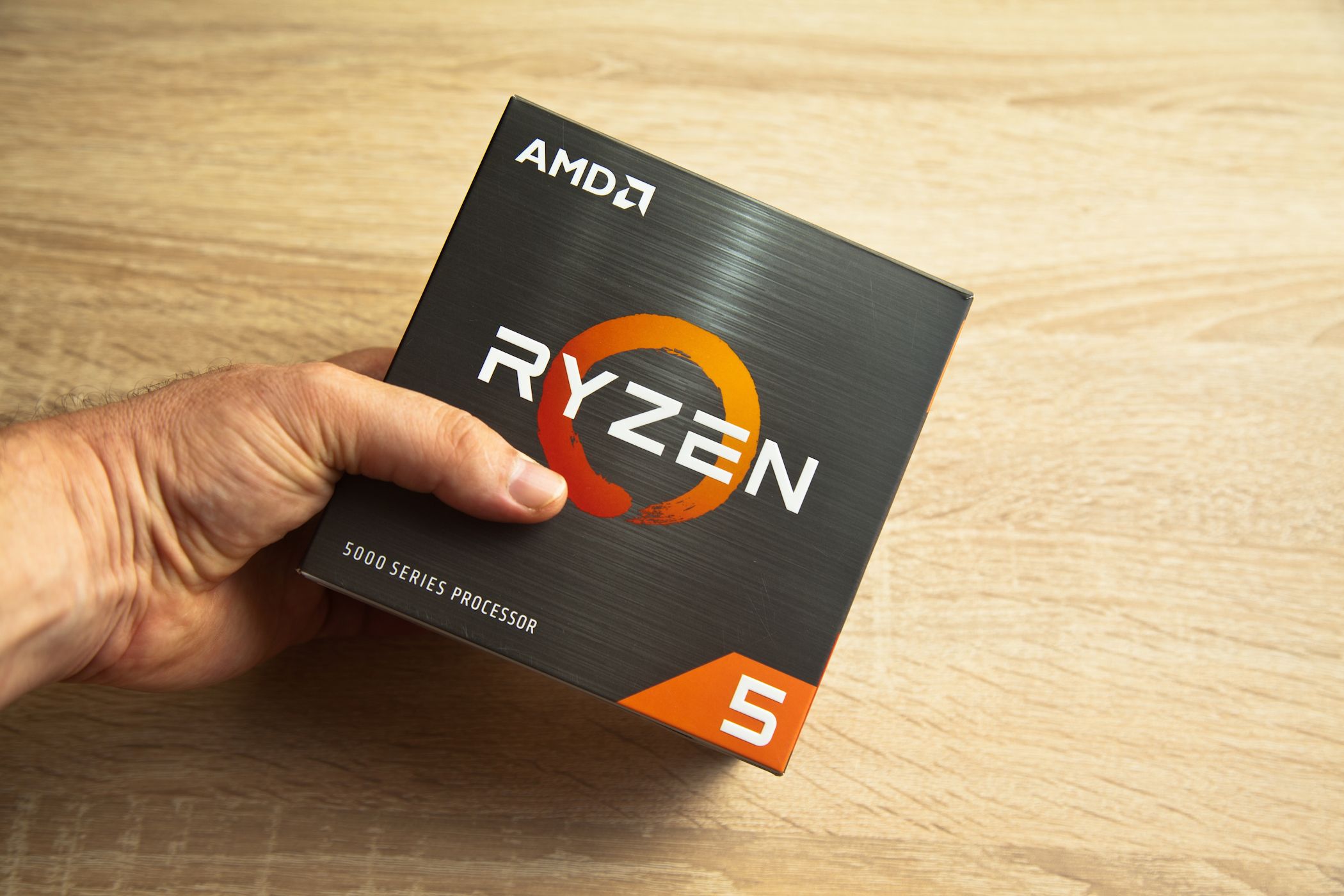
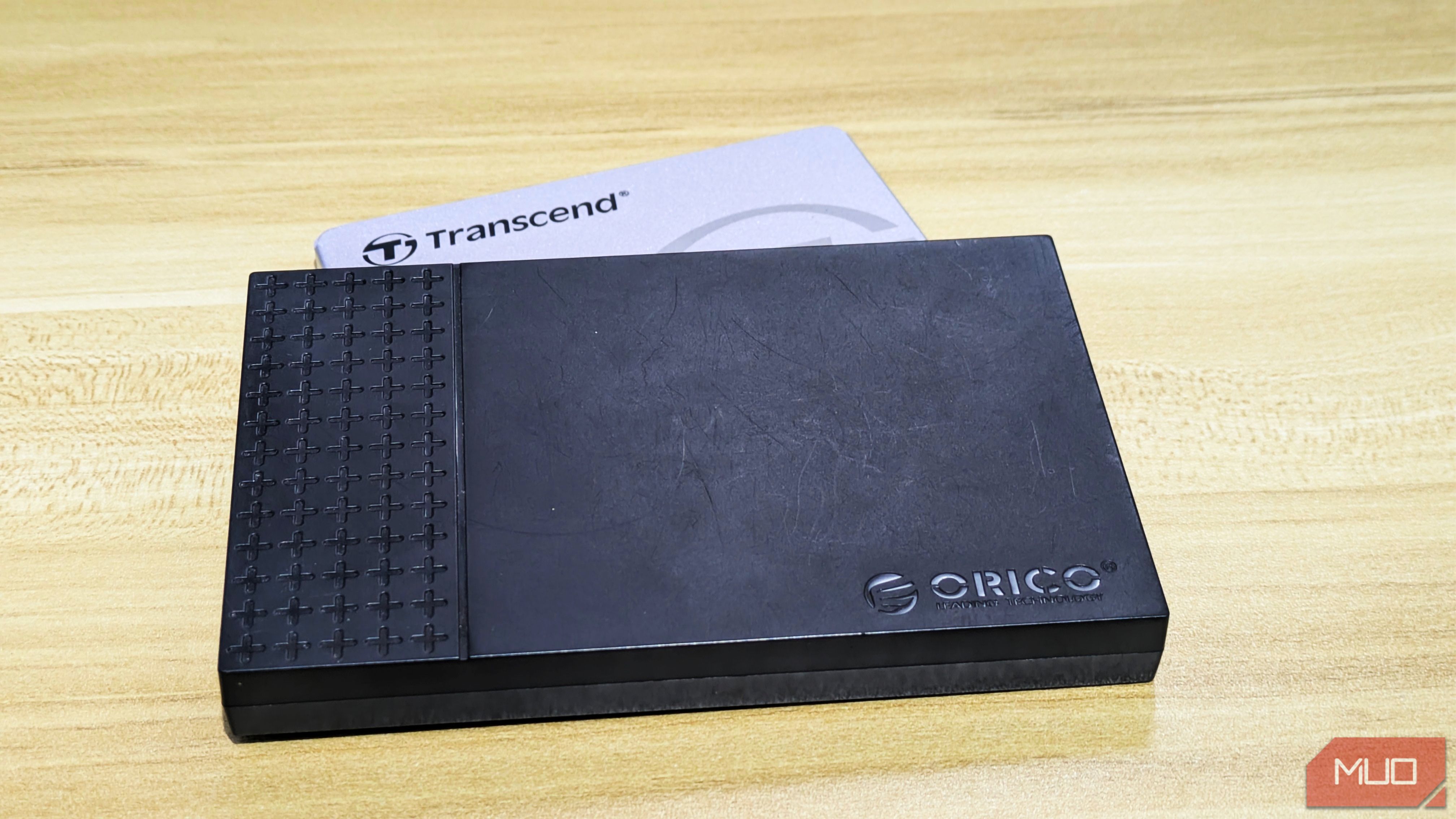
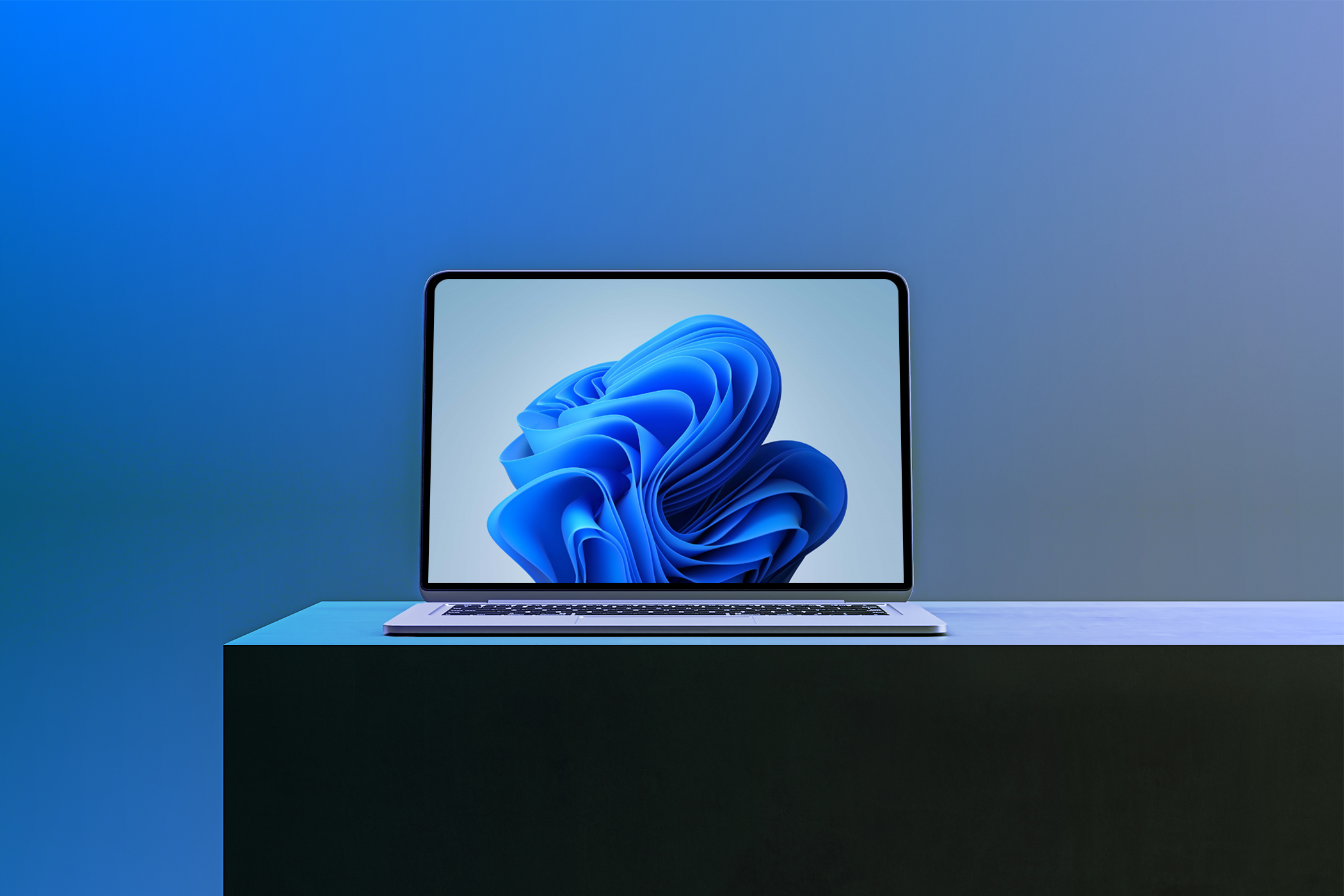
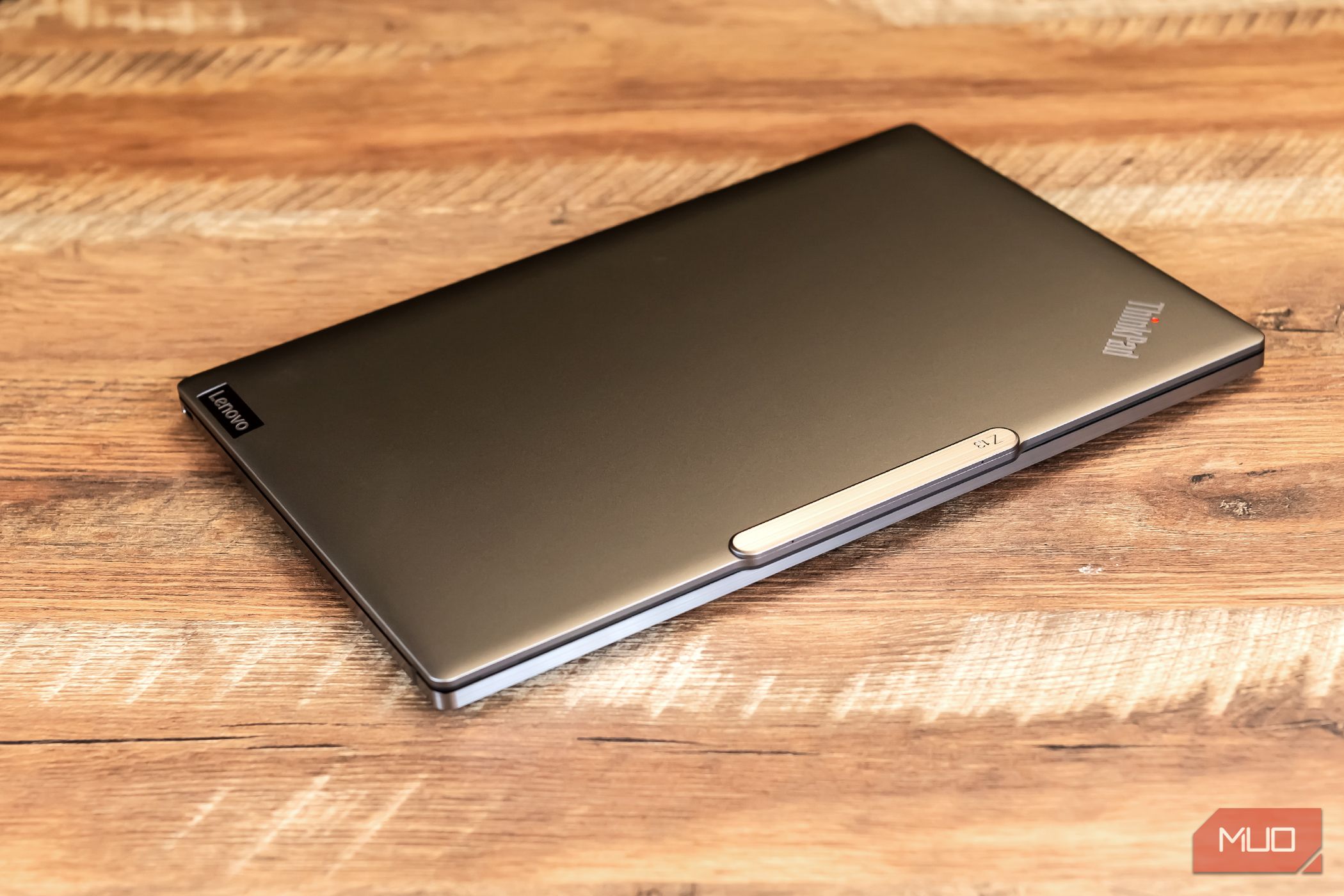





Leave a Comment
Your email address will not be published. Required fields are marked *